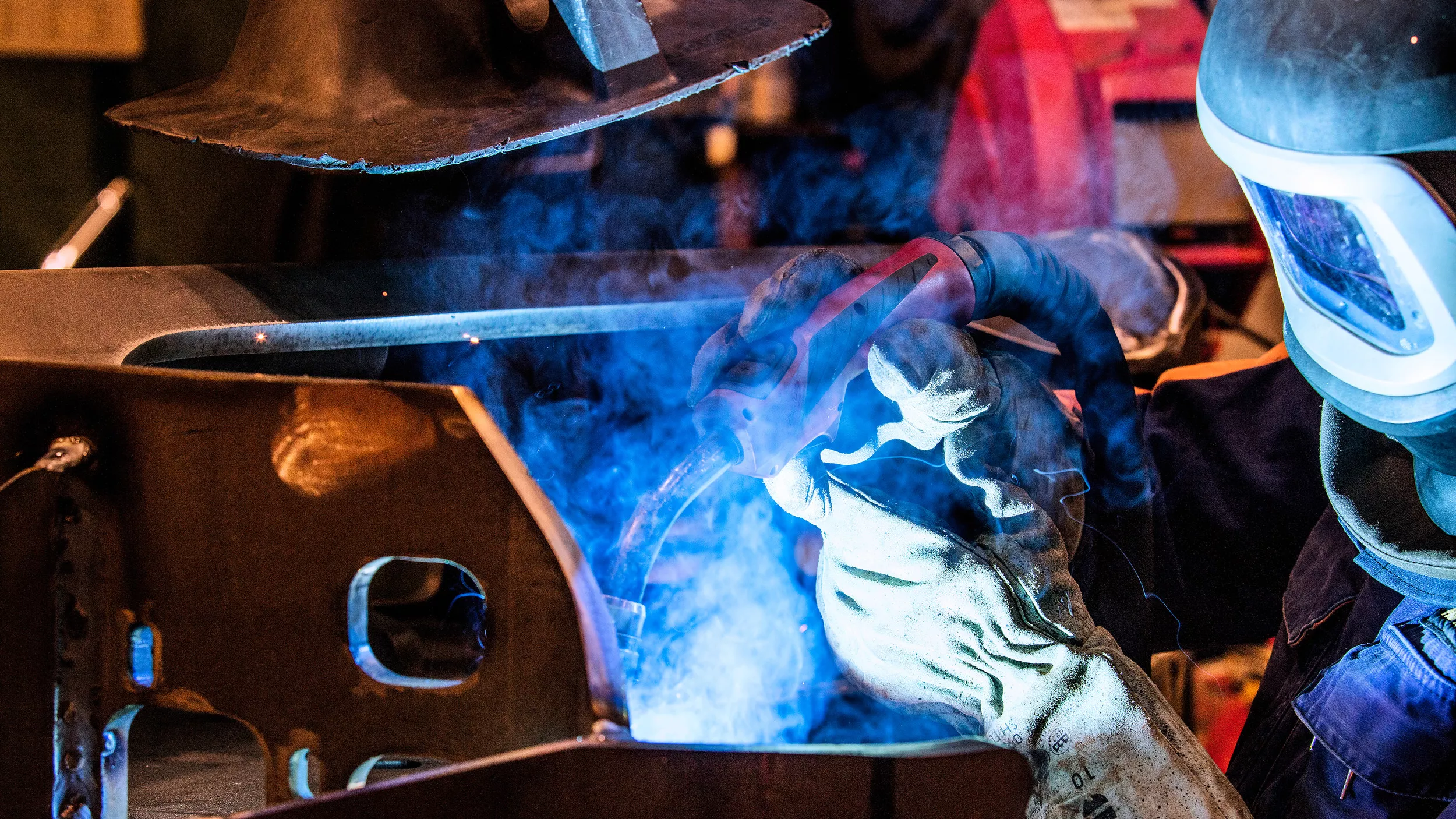How to enjoy welding in a safe way

How do welding fumes affect your respiratory system?
When you breathe in, weld fume contaminants enter your airways and pass through the bronchial tubes into the lungs. Due to their microscopic size, these nanoparticles – known as particulates – can enter the pulmonary alveoli through the cell wall directly. It is essential to prevent this.
These harmful airborne contaminants occur in concentrated form, mainly in plant, container, machine, steel construction, metal fabrication, and industrial welding. However, you can remove them at the source by using a fume extraction torch combined with a welding fume extraction system.
On-Torch Extraction – Optimal Protection
Complete or near-complete welding fume extraction at the point of origin is the Holy Grail of welding safety.
Some factors affect extraction efficiency:
Welding process. The welding process itself is a massive factor in the development of fumes (i.e., welding high-alloy materials)
Torch geometry. The torch geometry has a significant effect on the shielding gas flow and extraction
Welding position. I.e., hot fumes rise, CO2 drops to the floor
Extraction capacity. If the extraction capacity is too low, the extraction efficiency will drop. If it is too high, the extraction system will extract the shielding gas, and welding faults will occur.
Shielding gas. The shielding gas and the shielding gas flow rate affect the welding results and the extraction efficiency. Gases react in different ways, i.e., CO2 generates more fumes than argon. But, you do not want the extraction system to remove the shielding gas. The shielding gas protects the weld seam from oxygen and other gases in the ambient air, thus allowing you to produce clean & durable weld seams.
Removing Welding Fumes but not the Shielding Gas
A shielding gas supply between 13 and 16 l/min is needed to produce high-quality weld seams.
Where direct welding fume extraction is used, the oxygen concentration is relatively high, so shielding gas will also be extracted. This could result in the formation of pores in some materials.
However, using a high shielding gas flow rate to counter this leads to high shielding gas consumption. Some extraction torches with nozzle openings on the torch tip capture the shielding gas directly, requiring a high shielding gas flow rate (~ 13 to 16 l/min) to achieve good seam quality, effectively increasing operation costs.
That's why when our R&D team designed the Fronius fume extraction welding torch, they made sure that the welding fumes flow to the side, and only then are they captured. As a result, a lower shielding gas flow rate is needed. With Fronius' innovative design, high-quality welding results can be achieved with a flow rate of 10 l/min (laboratory values), adding the potential of significant savings.
*Edited from the original: https://blog.perfectwelding.fronius.com/en/welding-fumes-why-welding-fume-extraction-is-so-important/*
